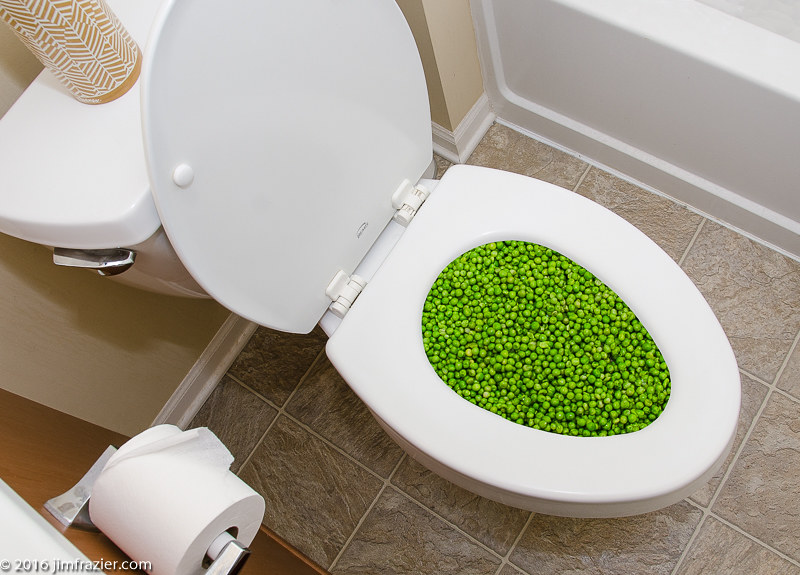Is it Acceptable to Flush Food in the Toilet?
Is it Acceptable to Flush Food in the Toilet?
Blog Article
Were you searching for additional info about Flushing Food Down the Toilet??

Intro
Many people are usually confronted with the predicament of what to do with food waste, specifically when it comes to leftovers or scraps. One typical inquiry that emerges is whether it's fine to flush food down the commode. In this short article, we'll delve into the reasons that individuals might consider purging food, the effects of doing so, and alternate techniques for appropriate disposal.
Reasons why people may take into consideration flushing food
Lack of awareness
Some people may not know the prospective injury triggered by purging food down the bathroom. They may mistakenly think that it's a safe technique.
Ease
Purging food down the bathroom may look like a quick and simple service to throwing away unwanted scraps, particularly when there's no nearby trash bin offered.
Laziness
Sometimes, individuals may merely select to flush food out of large laziness, without considering the repercussions of their activities.
Consequences of flushing food down the bathroom
Ecological impact
Food waste that ends up in rivers can contribute to contamination and damage water environments. In addition, the water made use of to purge food can stress water resources.
Plumbing issues
Purging food can bring about clogged pipes and drains pipes, creating expensive plumbing repair work and inconveniences.
Types of food that should not be flushed
Fibrous foods
Foods with fibrous structures such as celery or corn husks can get tangled in pipelines and cause blockages.
Starchy foods
Starchy foods like pasta and rice can soak up water and swell, causing clogs in pipes.
Oils and fats
Greasy foods like bacon or food preparation oils must never ever be purged down the toilet as they can solidify and create clogs.
Appropriate disposal approaches for food waste
Using a garbage disposal
For homes equipped with garbage disposals, food scraps can be ground up and flushed with the plumbing system. Nevertheless, not all foods appropriate for disposal in this fashion.
Recycling
Particular food product packaging products can be reused, minimizing waste and reducing environmental impact.
Composting
Composting is a green means to dispose of food waste. Organic products can be composted and made use of to enhance dirt for gardening.
The relevance of correct waste administration
Reducing ecological harm
Appropriate waste monitoring practices, such as composting and recycling, help reduce air pollution and preserve natural deposits for future generations.
Protecting pipes systems
By avoiding the method of flushing food down the bathroom, homeowners can prevent costly pipes repair work and preserve the stability of their plumbing systems.
Final thought
In conclusion, while it might be appealing to flush food down the commode for ease, it is essential to comprehend the prospective consequences of this activity. By embracing correct waste administration methods and disposing of food waste properly, individuals can contribute to healthier plumbing systems and a cleaner environment for all.
FLUSH FOOD DOWN THE TOILET?
FLUSHING FOOD CAN CAUSE BLOCKED DRAINS IN YOUR HOME
All of the plumbing fixtures in your home are connected to the same sewer pipe outside of your home. This outdoor sewer pipe is responsible for transporting all the wastewater from your home to the Council sewer mains. Even small pieces of food that go down the kitchen sink can cause problems for your sewer. It should therefore be obvious that flushing larger bits of food, such as meat, risks a clog in either the toilet itself or the sewer pipes. Flushing greasy food is even more problematic because oil coagulates when it cools, coating the interior lining of your pipes.
THE TOILET IS NOT A BIN
Food isn’t the only thing that people shouldn’t be flushing down the toilet. People use the toilet to dispose of all kinds of things such as tampons, makeup wipes, dental floss, kitty litter and even underwear. Water goes to great lengths to educate residents about the high costs and stress placed on wastewater treatment systems simply from people flushing the wrong stuff down the toilet. It costs taxpayers millions of dollars each year, and homeowners thousands in blocked drain repairs.
FLUSHING FOOD IS A WASTE OF WATER
Flushing food is a waste of our most precious resource - water. In June this year Level 1 water restrictions were introduced to protect water supply from drought conditions. Much of New South Wales continues to be affected by prolonged drought with recent figures revealing up to 97 per cent of the state remains in drought. Depending on whether you have a single or dual flush toilet, every single flush uses between five and 11 litres of water. In the current climate this is a huge amount of water to be wasting on flushing food that should be placed in the bin (or better yet, the compost).
https://www.jabplumbingsolutions.com.au/blog/can-you-flush-food-down-the-toilet

Do you appreciate more info about What Can Happen If You Flush Food Down the Toilet?? Place a review down the page. We will be delighted to find out your responses about this review. In hopes that you visit us again soon. I beg you pause to share this blog if you enjoyed reading it. Thanks a lot for being here. Please check up our blog back soon.
See Availability Report this page